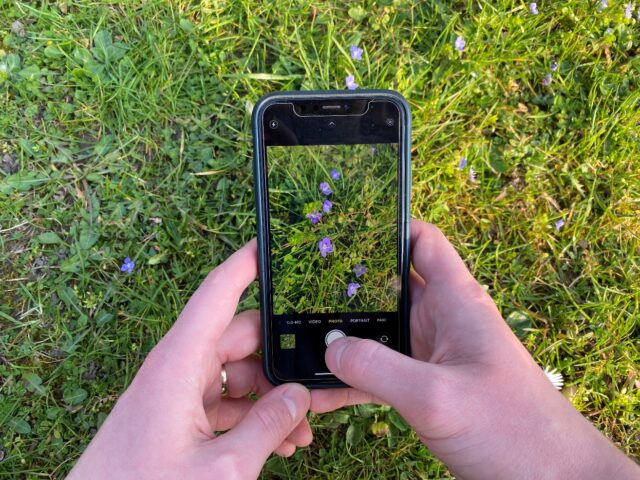Last year, Essex Wildlife Trust and The University of Essex launched a new citizen science project, The Essex BioBlitz, with the aim of capturing data on how climate change is impacting our local environment.
This year, Essex Wildlife Trust and the University of Essex are urging the public to take part again, from 31 March – 30 September, to continue this data collection.
The project collects data on flowering plants when they’re in bloom – a key indicator to determine how timings are changing in the environment, and how species are having to adapt.
This citizen science project is open to members of the public across Essex who would like to contribute. No scientific background is required, anyone can become a citizen scientist and submit wildflower photos. To take part, participants are asked to download the free app iNaturalist and take photos of flowering plants each week, uploading these to the app.
David Clark, Postdoctoral Research Fellow (Institute for Analytics and Data Science) School of Life Sciences from the University of Essex, says:
“In 2022, the public helped us collect almost 18,000 observations of wild plants in flower throughout Essex – a fantastic achievement! It was also a record-breaking year due to the extreme temperatures and drought we witnessed in Essex and the wider UK, highlighting the role of climate change in our local environment and making the need to study its effects on our wildlife ever more urgent. This year we hope you will join us to make this year’s Essex BioBlitz the biggest so far, as we aim to collect more than 20,000 observations of flowering plants to help us understand how warming is changing the timing and duration of flowering of our local plants.”
Bailey Tait, Campaigns Officer at Essex Wildlife Trust, says:
“We were overwhelmed with the interest in this citizen science campaign last year and had hundreds of participants sending wildflower sightings from across the county. People reported that it boosted their health and motivated them to spend more time outdoors. We are hoping that this year, even more citizen scientists will help us. The more people who are able to take part, the more valuable data we will be able to learn from.”




